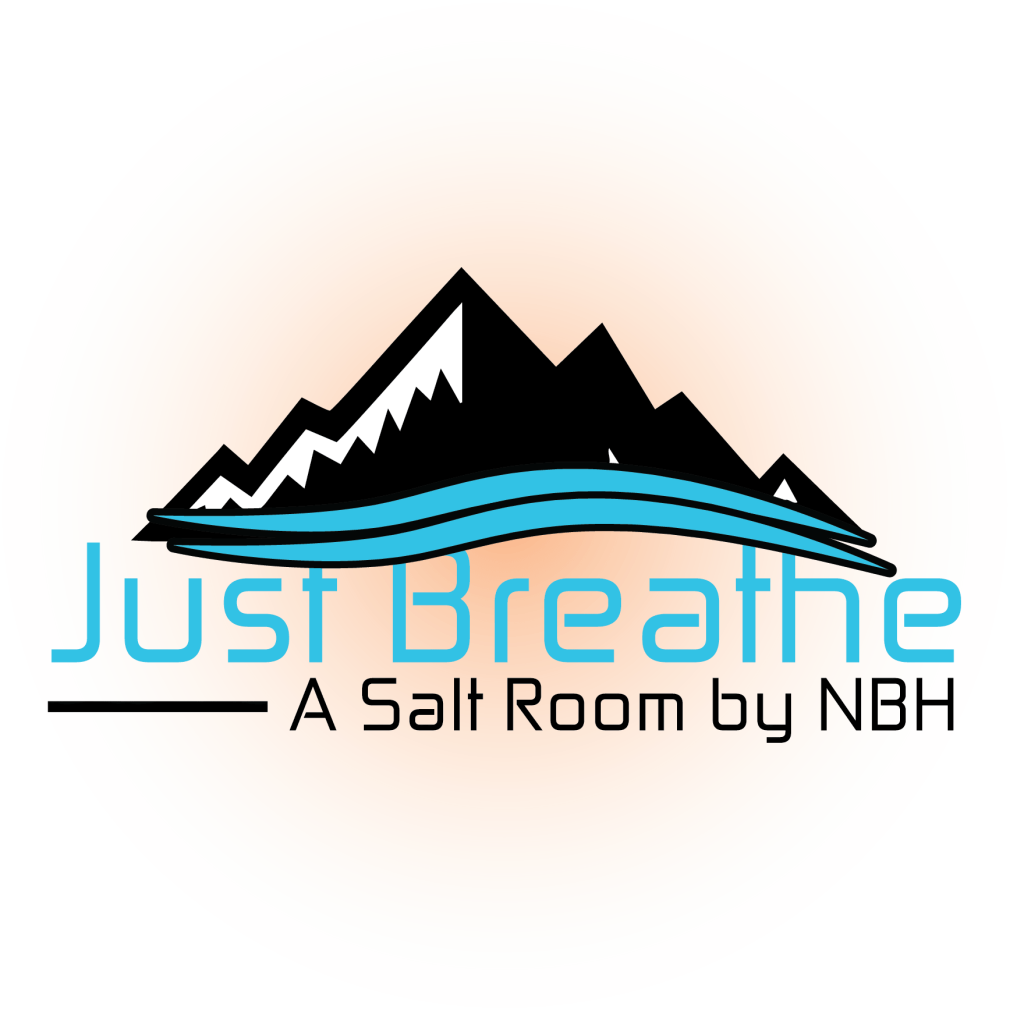If you’ve ever walked into a salt room and thought, “Wow, this is beautiful,” you’re not alone. Salt walls are visually stunning. They create a soft, warm glow and bring an immediate sense of calm. But here’s what most people don’t realize: a salt wall on its own doesn’t provide the therapeutic benefits of halotherapy.
Many people associate salt walls with salt therapy, but there’s a big difference when it comes to true respiratory support.
I’ve had clients say, “I tried salt therapy somewhere else, but I didn’t feel anything.” Unfortunately, that’s not uncommon—because not every center is doing it correctly.
Himalayan salt walls are made from large bricks of salt, often backlit for ambiance. While they’re relaxing to look at, they don’t release microscopic salt particles into the air. They might emit trace negative ions when heated, but this isn’t the same as therapeutic halotherapy.
If the salt isn’t reaching the air, it’s not reaching your lungs—and that means it’s not doing anything.
Halotherapy (also called dry salt therapy) involves dispersing pharmaceutical-grade sodium chloride into the air using a halogenerator. These machines grind the salt into particles—ideally between 1 and 5 microns—and release them into a temperature- and humidity-controlled room.
These particles can reach deep into the lungs and sinuses. Research shows halotherapy may reduce inflammation, break up mucus, improve certain skin conditions, and support immune function. That’s why it’s often used to support respiratory health, especially for those with asthma, allergies, or chronic sinus issues.
Even in rooms equipped with a halogenerator, things can go wrong. If the machine disperses too much salt, the particles clump together and fall to the ground before they can be inhaled. If too little salt is used, the session won’t provide noticeable benefits.
So when someone says, “I didn’t feel anything,” chances are machine was not programmed correctly.
At Just Breathe, we use a halogenerator and carefully monitor each session. We make sure the salt concentration, particle size, and quality are within the therapeutic range. Our goal isn’t just to provide a pretty space—it’s to help your body reset, recover, and breathe easier.
If you’ve tried salt therapy before and didn’t notice a difference, you likely didn’t experience it the way it was meant to be delivered. Done right, the results speak for themselves.


